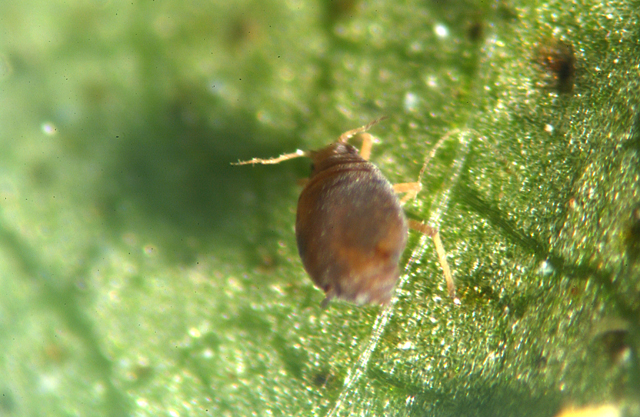Insect and Related Pests of Foliage Plants
Aphid Facts
- During most of the year in Florida, aphids give birth to living young.
- Aphids have piercing-sucking mouthparts and thus feed my inserting them into the vascular system of the plant. This is how they are able to transmit
viruses.

